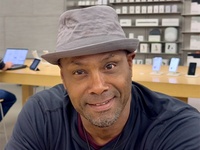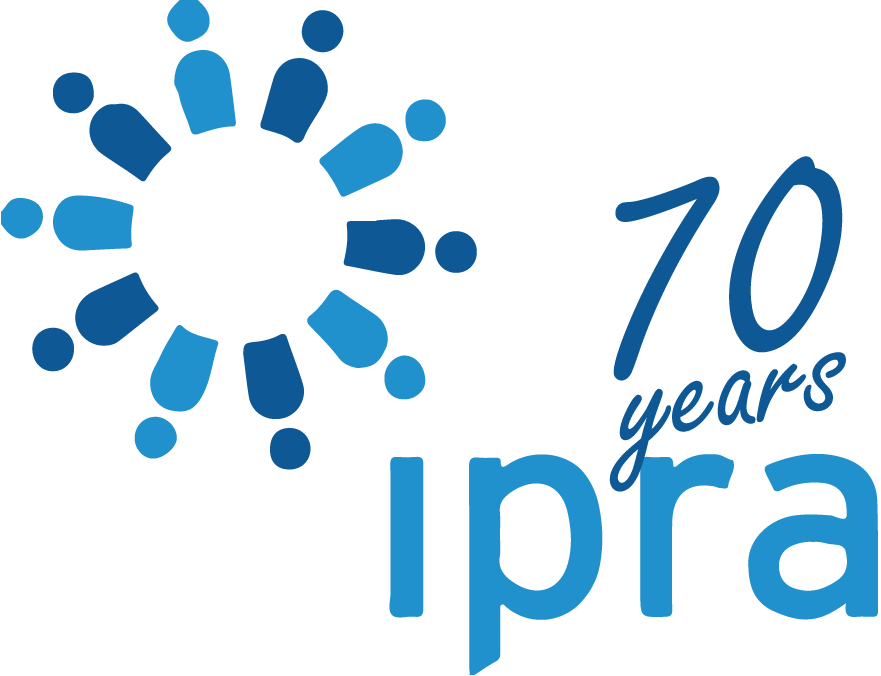ITL #651 Teaching public relations: young PR pros must inspire for good as they aspire for success
1 month, 1 week ago
How can I help students consider what matters beyond titles, starting salaries, and industry developments? By Christopher D. Cathcart.
This season marks the first fall in several years when I’m not in a classroom teaching public relations. As an adjunct lecturer, classes are not always guaranteed, and sometimes your number isn’t called. That’s fine. A break can be good. It can provide an opportunity to review the idea of teaching itself; a pause in the action to ponder how and why I teach, let alone why a handful of the nation’s top universities extend me such an honor in the first place.
Indeed, this respite from the classroom is causing me to reflect. After many years as a PR professional, I’ve seen and participated in numerous wide-reaching campaigns, overwhelming crisis communications situations, and top-tier brand development and management opportunities.
I have experienced all aspects of the PR world as an executive at Motown Records, Warner Bros. Television, CNN, and as the founder of my own agency, OneDiaspora Group. I bring these experiences – both good and bad – to bear in the classroom, bolstering textbook instruction and adding a dose of realism to the lesson plans.
Most importantly, I share the many mistakes I made along the way and encourage my students to make “new” mistakes by learning from my miscues. To be sure, we cover all the basics, and we also use contemporary, real-world happenings as a way to marry the theoretical textbook concepts with realities on the ground.
Communications professionals are invited to discuss the state of the industry and the employment landscape. Again, we take care of the basics. However, with my teaching role on hold, I have time to reflect on what else I need to cover when I return to the classroom, especially in a time of such intense social challenges.
The things that matter
I’m able to ponder how well I prepare students to focus some of their skills as budding PR professionals on the public good, and to consider the things that matter beyond titles, starting salaries, and industry developments.
It’s no secret that public relations has been at the forefront of social movements since recorded time. The core elements are the same as with any campaign – identify key target audiences, set clear, measurable objectives, develop impactful messaging, and so on.
Take, for example, Bayard Rustin, the civil rights and labor movement icon who organized the famous 1963 March on Washington (where Dr. King delivered his seminal “I Have a Dream” speech). He was, among many things, a public relations genius. Without the benefit of the communications tools we take for granted today, he mobilized a quarter of a million people to converge on Washington, D.C., to petition the U.S. government for “Jobs and Freedom” – a bold request that has yet to be fully realized, but still resonates nonetheless.
Or consider Edward Bernays’ “Torches of Freedom” campaign, where commercial interests and social justice converged to stunning effect. One of the founding fathers of modern public relations, Bernays organized women to light cigarettes while marching in the 1929 Easter Parade in New York City. This event was seen as a show of force for women’s rights and had a lasting impact that extended well beyond the parade itself.
Coming only nine years after the ratification of the 19th Amendment to the U.S. Constitution, which extended the right to vote to the nation’s female population, the “Torches of Freedom” – a public relations masterclass – struck a blow for gender equality. Keeping in mind that Bernays was hired by the American Tobacco Company to boost cigarette sales rather than promote the feminist movement, we can still commend the role public relations played in indirectly supporting an important social justice cause.
Connecting to a meaningful cause
In fact, one of my favorite class assignments is having student groups develop their own mock “Torches” campaigns where they create an event, connect it to a meaningful cause, and explain how and why it unfolds. It’s a lot of fun and sparks engaging group discussions.
These two examples were cited, in part, for their historic significance, but countless more contemporary efforts also illustrate the point. Public relations, as evidenced by the term itself, is a powerful tool for positive change in people's lives. It can educate. It can elevate. It can illuminate. It can help promote life-affirming work as much as it can help sell cars, clothes, sporting events, and a million other things less important than the public good.
As PR practitioners, including teachers, we have a duty to encourage those who are coming behind us to reimagine their view of the profession, to consider their responsibilities to society, and to expand their ideas of success. Now, I am not advocating that anyone abandon their career pursuits; I want my students to earn as much money as they (legally) can in whatever career and industry they choose. These are facts, and I instruct with that in mind.
However, should I have the privilege to again teach at the college level, I plan to be more deliberate in highlighting public relations' role in social good. Without compromising core instruction, I will actively encourage students to apply their skills to meaningful causes alongside their professional goals.
I’ll urge future PR practitioners to seek opportunities where their work can drive positive change, reminding them that each step toward social justice benefits everyone. Who knows, I might have a young Bayard Rustin sitting right in front of me waiting for a nudge to spark the next great social movement. That possibility is what motivates me to continue teaching—not just the mechanics of PR, but its immense potential to shape our world for the better.
As I look ahead to future classrooms, I am inspired to focus even more on guiding students to find meaning and purpose in the work we do. Empowering the next generation to use their voices for positive change remains my greatest aspiration—and I look forward to the opportunity to help them realize theirs.

The Author
Christopher D. Cathcart
Christopher D. Cathcart is a renowned branding and public relations expert with more than 37 years of experience across a host of professional and non-profit arenas. He is also a published author, inspirational public speaker, college professor, and proud advocate of our Historically Black Colleges and Universities (HBCUs). One of his projects is HBCU Experience – The Book, a collection of essays celebrating the Black college experience he co-edited with Howard University professor Tia C.M. Tyree, Ph.D.
mail the authorvisit the author's website
Forward, Post, Comment | #IpraITL
We are keen for our IPRA Thought Leadership essays to stimulate debate. With that objective in mind, we encourage readers to participate in and facilitate discussion. Please forward essay links to your industry contacts, post them to blogs, websites and social networking sites and above all give us your feedback via forums such as IPRA’s LinkedIn group. A new ITL essay is published on the IPRA website every week. Prospective ITL essay contributors should send a short synopsis to IPRA head of editorial content Rob Gray emailShare on Twitter Share on Facebook

